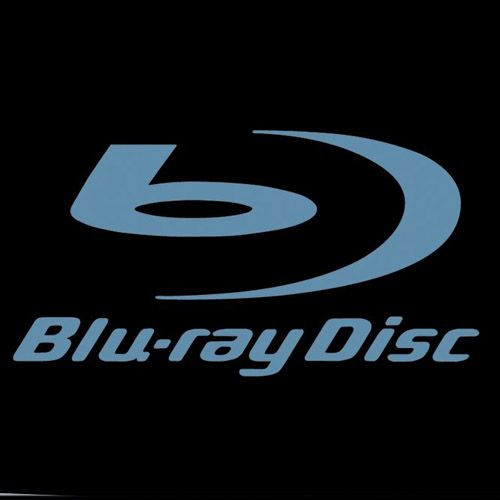This is Blu-ray on a budget, but Samsung’s latest is anything but basic. Already spotted for as little as £140 online, the BD-P1600 is the successor to the brand’s popular BD-P1500.
Our quick take
BD-Live is a bit messy and the Wireless dingle costs more than it should, but the BD-P1600 gives a good picture performance. Add some decent digital media compatibility and you’ve got a versatile deck that will suit anyone wanting to a Blu-ray player that does everything their old DVD player used to do – and more.

Samsung BD-P1600 Blu-ray player - 4.0 / 5
| FOR | AGAINST |
|---|---|
|
|
And it’s a worthy successor, adding some nice extra features at a similarly low price. At this price it easily out-does a PlayStation 3, especially since its playback of Blu-ray discs is stunning.
But it’s also a veritable universal deck. DVDs are upscaled to a decent, if hardly cutting-edge standard, while digital media is embraced – with some caveats. Not only do the BD-P1600’s two USB inputs (one on the back and one under the flap on the unit’s front) play music and photos, but also digital video files.
In our test it played DivX AVI files from a USB stick (though nothing else we tried), while such files burned onto almost any blank disc – CD or DVD – play without fuss in the optical drive. It also claims to play DivX HD files, a unique prospect for any disc player as far as we know.
The BD-P1600 is also a Profile 2.0 BD-Live deck. Fitted with an Ethernet port to link to a broadband router, it’s also Wi-Fi ready, with a Samsung USB dongle available to make this deck more a media hub than a simple Blu-ray player.
Although BD-Live is catered for, it’s something of a fudge. We had trouble trying to link to the service via our test disc when using the wired Ethernet option, while there’s only 256MB of built-in storage to download to. We suggest you buy a 4GB stick to insert permanently in the rear’s USB port if you intend to explore BD-Live. In fact, BD-Live is impossible to use unless you insert a minimum 1GB stick into a USB port.
Using the Wi-Fi dongle – which will cost you a further £50, thereby threatening this deck’s budget status – set-up is much easier. Enter your wireless broadband home network’s WEP key and away you go.
The process adds expense, destroys the (already fairly basic) aesthetic appeal of the deck, and is arguably hardly worth the effort. That’s because BD-Live is a very basic service with only a handful of discs compatible. The process works thus: select the BD-Live option on a compatible disc’s menu, which will take you to a separate online screen where you can download whatever is available.
It may be tailored to your specific disc, or it may be a central site covering many titles (that’s certainly the case with Sony discs). Once you’ve chosen the content, it downloads and you can then watch that content (trailers, for instance) or play the movie with new functionality (with snippets of behind-the-scenes information popping-up occasionally, or a new director’s commentary).
It works smoothly on the BD-P1600, though the hassle it takes to set-up can seem wasted – especially because this deck can’t access digital media stored on a PC on the same network.
So what’s missing compared to other decks? Panasonic’s latest Blu-ray players (the DMP-BD60 and DMP-BD80) both feature the Viera Cast online portal that gives you access to things like YouTube and Eurosport. Samsung has a similar feature on its TVs – called Internet@TV – but it’s strangely missing here.
To recap
BD-Live is a bit messy and the Wireless dongle costs more than it should, but the BD-P1600 gives a good picture performance
